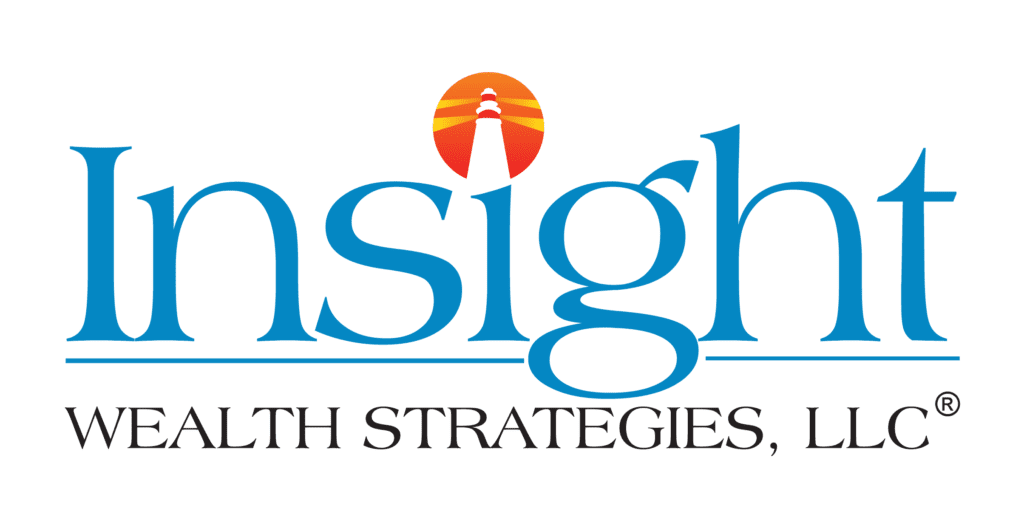Balancing Work and Family: Key Strategies for Financial Goals
Achieving financial wellness and stability is a common goal for many individuals and working parents, but often, the pursuit of financial success can lead to neglect in other areas of life, particularly the balance between work and family responsibilities. Striking the right balance between work expectations and personal life is not just about achieving a sense of harmony in daily routine; it’s also an important component of successful financial planning.
Throughout this article, we’ll explore both conventional wisdom and innovative strategies to help you navigate financial planning within the context of maintaining a good work-family balance. From redefining traditional notions of balance to practical tips for integrating flexible work arrangements and family time, our aim is to equip you with actionable insights that help you to achieve your financial goals without sacrificing the quality of your personal life.
Setting Realistic Financial Goals within a Work-Family Framework
Setting achievable financial goals within the context of work and family life is crucial for long-term financial success and satisfaction. It involves a balance between career aspirations and family obligations, recognizing that both aspects are important. By creating a balanced approach to financial planning, individuals can support their career growth while prioritizing family well-being and personal fulfillment.
Identifying Your Financial Priorities
To navigate financial planning within the framework of work life and family life, you should start by identifying your financial priorities. This involves a look at both short-term needs and long-term aspirations, taking into consideration the interconnected nature of individual and family member goals. Begin by assessing immediate financial needs, such as monthly expenses and debt repayment, to ensure stability in the present. From there, shift your focus to long-term objectives, like education savings for children, homeownership, and retirement planning.
Consider the goals of your family members alongside your own career ambitions, keeping in mind that financial goals are often connected with familial responsibilities. Education savings, for example, may be a shared priority aimed at providing opportunities for your children’s future success. Similarly, homeownership may be a collective goal that contributes to family stability and financial security. Retirement planning, while deeply personal, also impacts the well-being of your loved ones by ensuring financial independence in later years. Remember, the process of identifying financial priorities may evolve over time, so regularly reassessing and adjusting your goals is essential to staying on track towards reaching both your individual and family objectives.
Budgeting for a Healthy Work-Life Balance
Creating a budget that accommodates both the demands of work hours and home life requires practical thinking and foresight. Start by tracking daily expenses and categorizing them to learn where your money is going. Allocate funds for family vacations and outings to ensure quality time together without straining your finances. Additionally, prioritize building an emergency fund to buffer against unexpected financial challenges, such as medical expenses or job loss.
Investing in Your Family's Future Without Compromising Career Goals
Navigating career aspirations and family security can require strategic investment planning, balancing risk and reward. Consider allocating funds towards education savings accounts to support your children’s academic pursuits while simultaneously investing in assets like real estate that offer long-term growth potential and stability. Additionally, prioritize contributions to retirement accounts to secure your financial future while actively pursuing career advancement opportunities. By diversifying your investment portfolio and maintaining a focus on both short-term family needs and long-term financial goals, you can build a solid foundation for your family’s future without sacrificing your career ambitions.
Education Savings Plans: A Path to Empowerment
Investing in education savings plans for your child is not just a financial decision; it’s an investment in their future and one of the cornerstones of family financial planning. These plans offer numerous benefits, including tax advantages and flexibility in funding educational expenses. In 2024, you can contribute up to $18,000 per beneficiary per year to a 529 before you’d need to file IRS Form 709 (Gift Tax Return), as the contribution to a 529 is considered a gift by the IRS1. You can also now roll over unused 529 funds into the beneficiaries Roth IRA, without a tax penalty, providing even more flexibility.
By starting early and contributing regularly to education savings accounts, parents can help alleviate the burden of student loans and help their children to pursue higher education without financial constraints. However, it’s essential to compare different types of education savings accounts, such as 529 plans and Coverdell Education Savings Accounts, to understand their implications for tax planning and eligibility for financial aid. By carefully evaluating the options and tailoring your approach to your family’s needs and goals, you can maximize the benefits of education savings plans and set the stage for your children’s academic success.
Real Estate as a Dual Investment in Family and Wealth
Real estate investment holds a unique position in achieving both a healthy work-family balance and financial growth. Beyond providing shelter, strategically chosen properties can serve as dual investments, nurturing family life while building wealth over time. When selecting real estate, prioritize properties that meet the needs of your family while also offering potential for long-term appreciation. Consider factors such as location, neighborhood amenities, and proximity to schools and workplaces to ensure a comfortable living environment. Additionally, assess the property’s investment potential, such as rental income or future resale value, to align with your financial goals.
Leveraging Work Benefits for Family Financial Wellness
Fully utilizing employer-provided benefits is a crucial part of a comprehensive work-family financial strategy. These employee benefits, such as health insurance, retirement plans, and flexible spending accounts, not only support individual well-being but also contribute to family financial stability. Health insurance coverage ensures access to essential medical services for family members, providing peace of mind in times of illness or injury. Retirement plans offer a valuable opportunity to save for the future, with employer contributions and tax advantages enhancing long-term financial security. Flexible spending accounts enable families to manage healthcare and dependent care expenses efficiently, reducing out-of-pocket costs and maximizing savings.
Maximizing Employer-Sponsored Retirement Plans
Optimizing contributions to employer-sponsored retirement plans is essential for building a solid financial foundation. Begin by understanding your employer’s matching contributions policy, as this can significantly boost your retirement savings. Aim to contribute at least enough to take full advantage of the employer match, as it represents free money and an immediate return on investment. Additionally, familiarize yourself with the investment options available within the retirement plan, considering factors such as risk tolerance, time horizon, and diversification. Diversifying your investments across asset classes can help mitigate risk while maximizing growth potential over the long term. Regularly review and adjust your contributions and investment allocations as needed to align with your retirement goals and evolving financial circumstances.
Health and Wellness Benefits: More Than Just Insurance
Employers often offer a wide range of health and wellness benefits beyond traditional insurance coverage, which play an important role in promoting both financial savings and family well-being. Wellness programs, often provided by employers, encourage healthy lifestyle choices through initiatives such as gym memberships, nutrition counseling, and smoking cessation programs. By participating in these programs, employees can reduce healthcare costs associated with preventable illnesses and chronic conditions, ultimately leading to long-term financial savings.
Moreover, mental health support initiatives, such as Employee Assistance Programs (EAPs) and counseling services, offer invaluable resources for managing stress levels, anxiety, and other mental health challenges. Addressing mental health issues not only improves overall well-being but also enhances productivity and job satisfaction, ultimately benefiting both the individual and their family. Additionally, childcare subsidies and flexible work schedule arrangements enable parents to balance their professional responsibilities with family time commitments more effectively.
In conclusion, balancing work and family while pursuing financial goals requires a holistic approach to financial planning that integrates career aspirations, family needs, and personal well-being. Throughout this blog, we have explored key strategies such as leveraging employer-sponsored benefits, maximizing retirement contributions, and utilizing college savings plans. By adopting these strategies and fostering open communication with family members and employers, individuals can navigate the path to financial security and work-life balance more effectively. We encourage readers to take proactive steps towards achieving their financial goals by requesting a consultation for personalized guidance and support.
Reviewed by,

Brian Stormont, CFP®
Brian Stormont is a comprehensive, fee-only financial advisor with Insight Wealth Strategies who began his career in the financial industry in 2000. His expertise encompasses retirement planning, investment planning, estate planning, and high-level strategies to help business owners and individuals minimize their income taxes.
Insight Wealth Strategies, LLC is a Registered Investment Adviser. Advisory services are only offered to clients or prospective clients where Insight Wealth Strategies, LLC and its representatives are properly licensed or exempt from licensure. Past performance is no guarantee of future returns. Investing involves risk and possible loss of principal capital. No advice may be rendered by Insight Wealth Strategies, LLC unless a client service agreement is in place.
Insight Wealth Strategies, LLC (IWS) and its affiliates do not provide tax, legal or accounting advice. This material has been prepared for informational purposes only, and is not intended to provide, and should not be relied on for, tax, legal or accounting advice. You should consult your own tax, legal and accounting advisors before engaging in any transaction.
Certified Financial Planner Board of Standards Inc. owns the certification marks CFP®, CERTIFIED FINANCIAL PLANNER™, in the U.S., which it awards to individuals who successfully complete CFP Board’s initial and ongoing certification requirements

